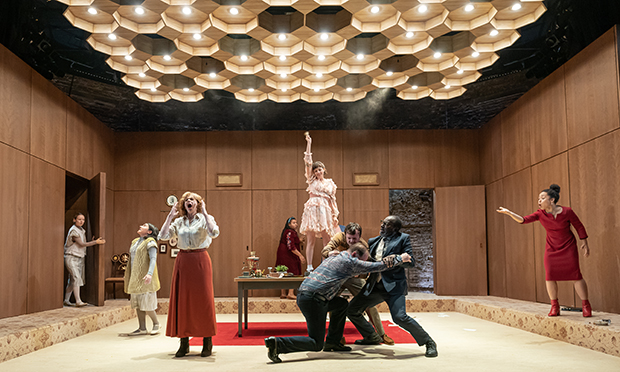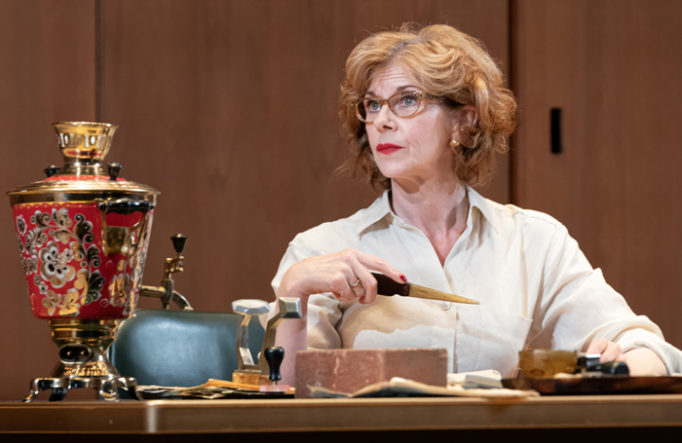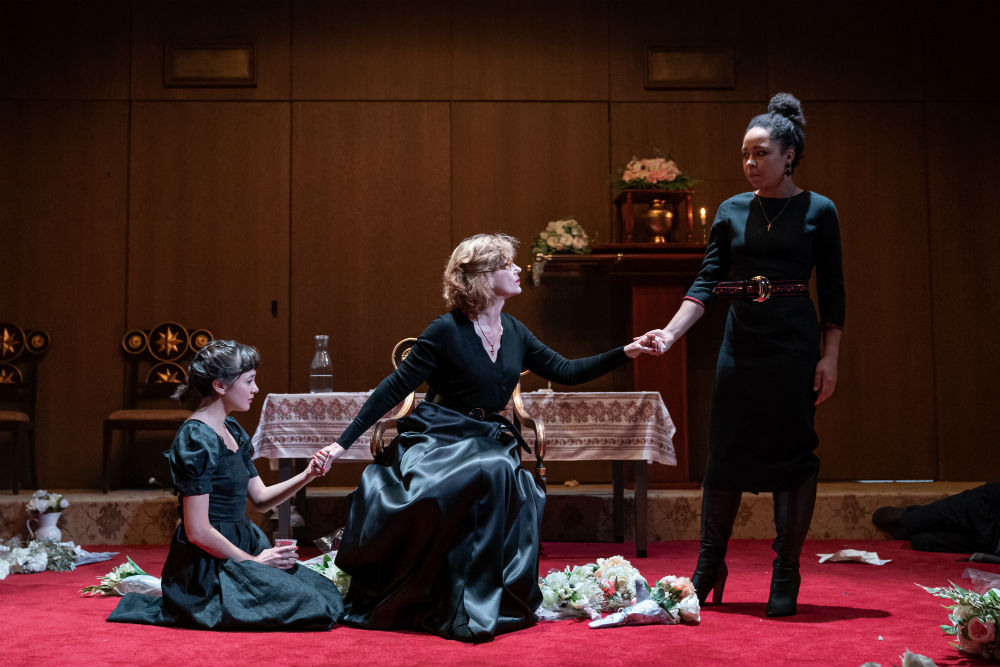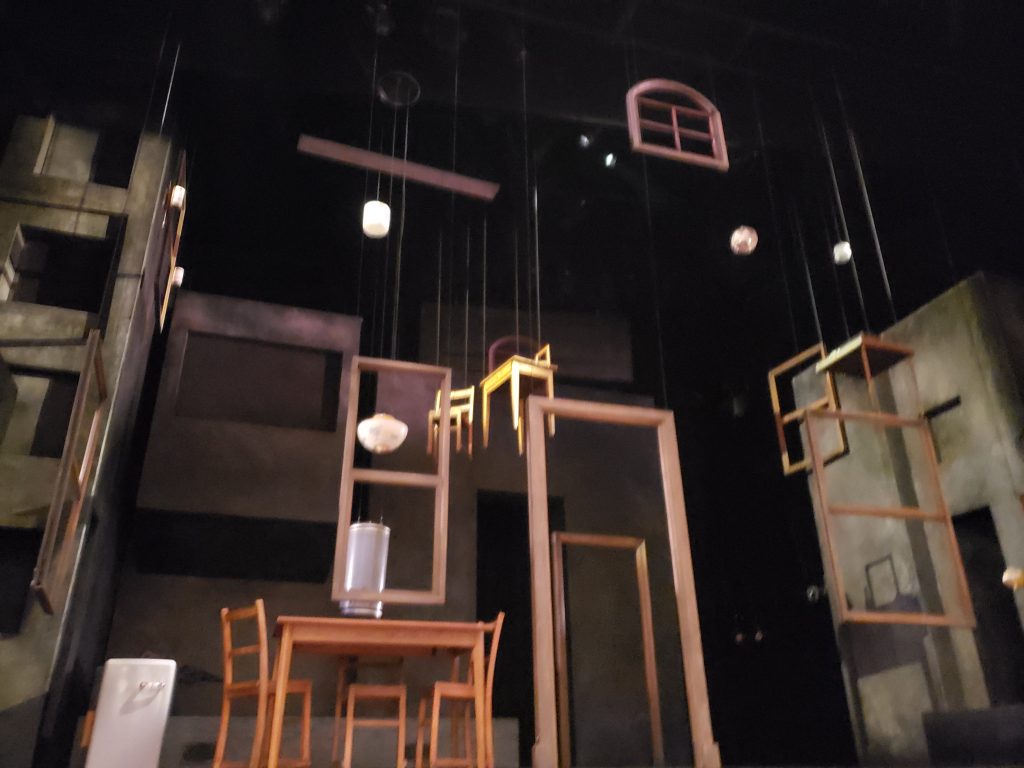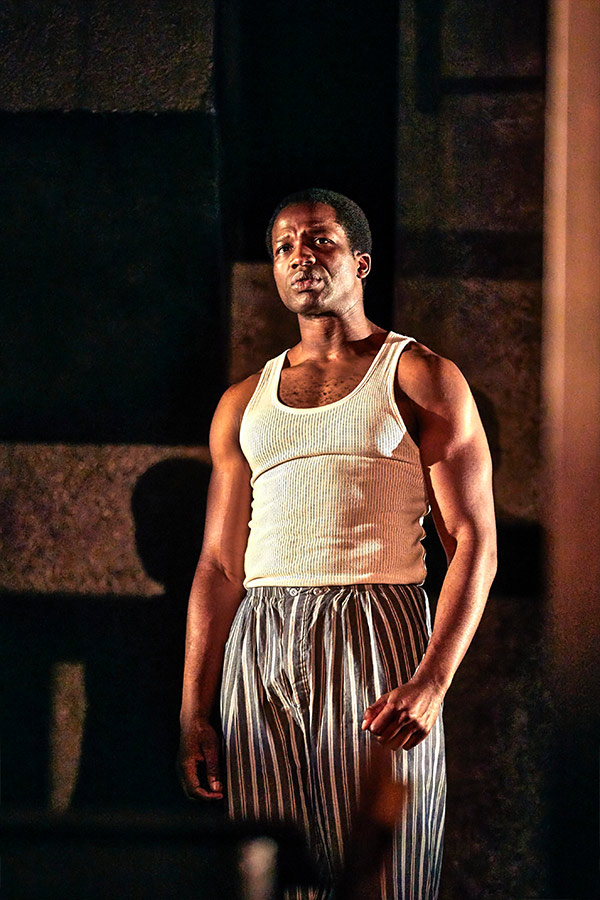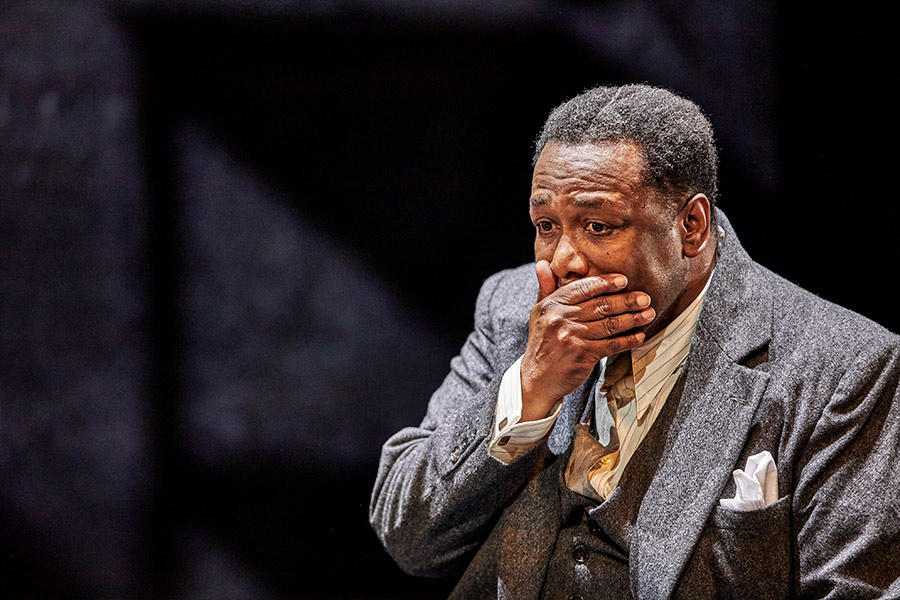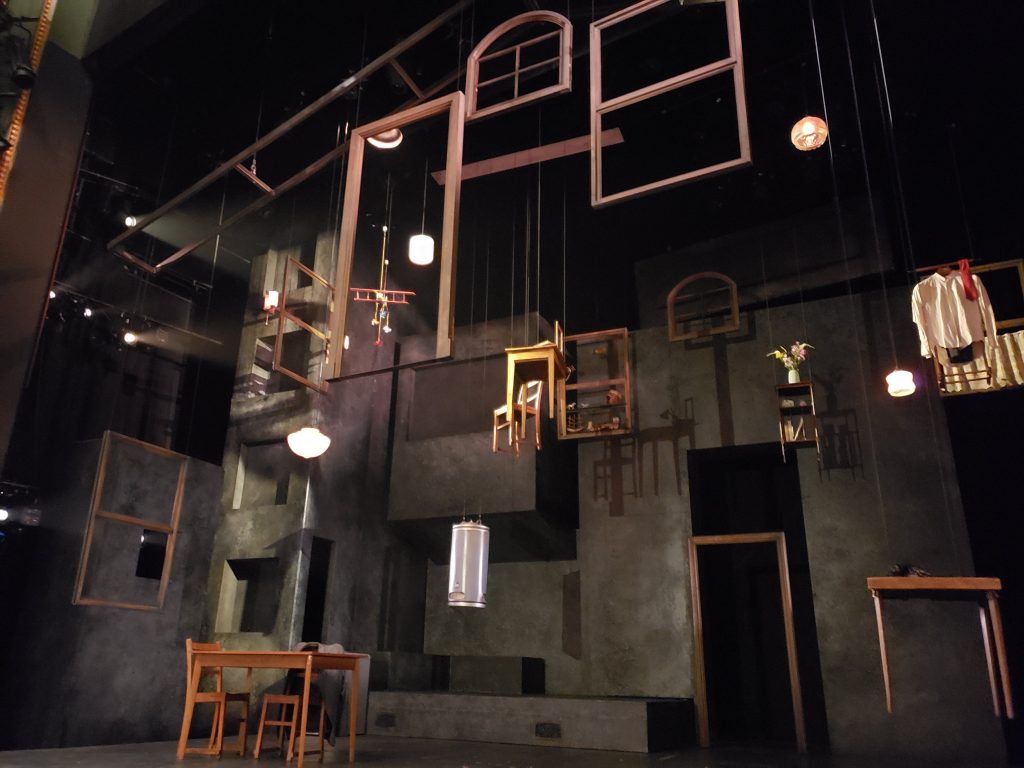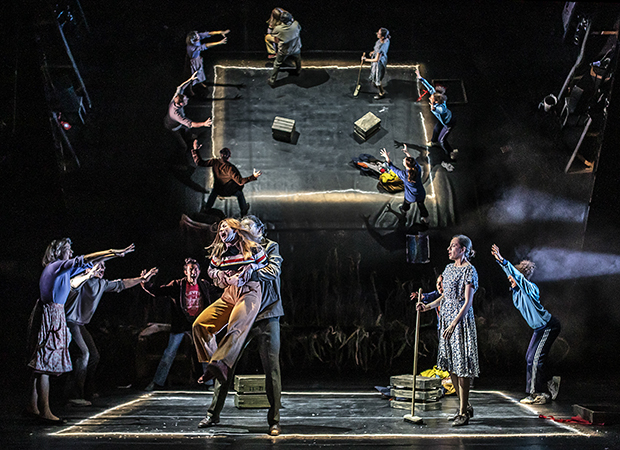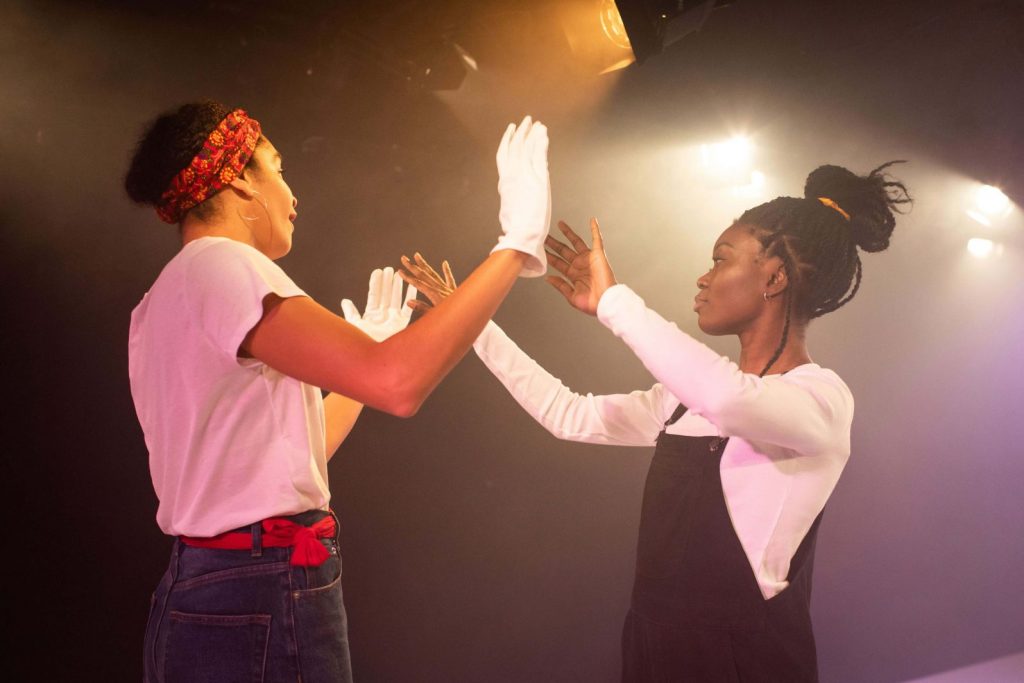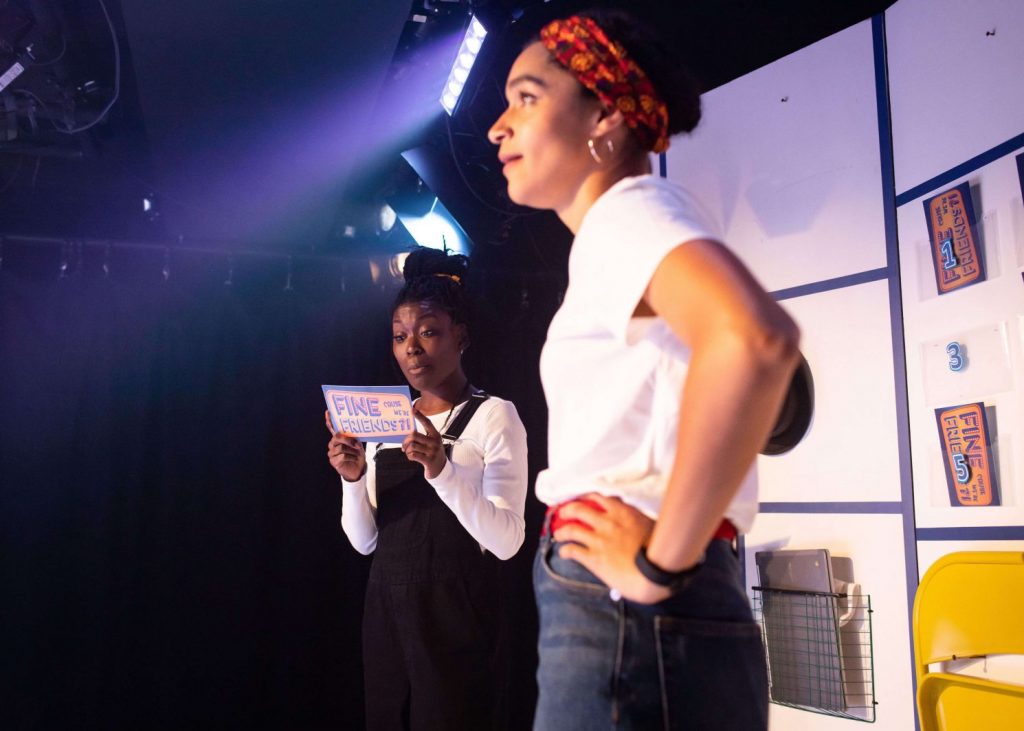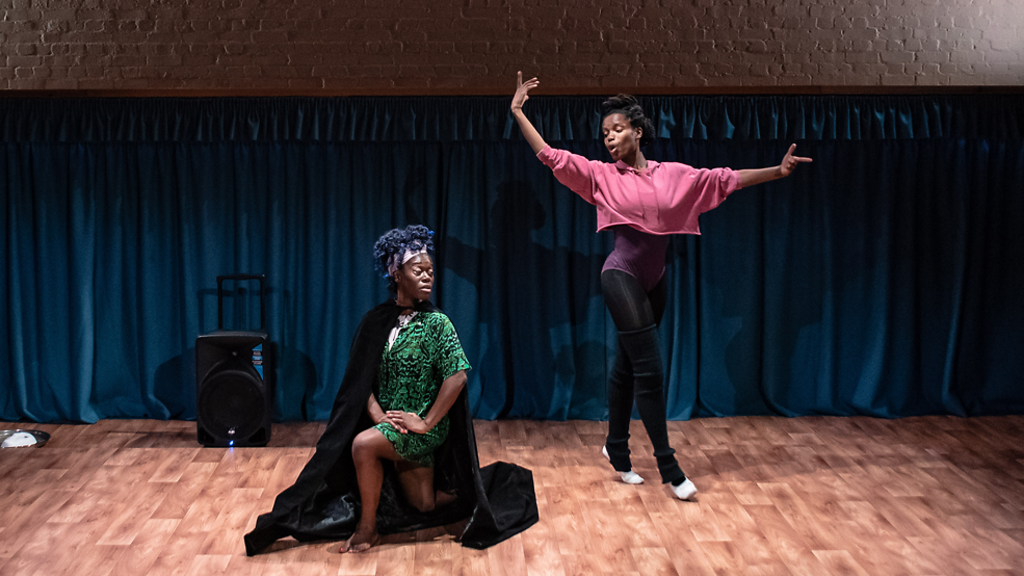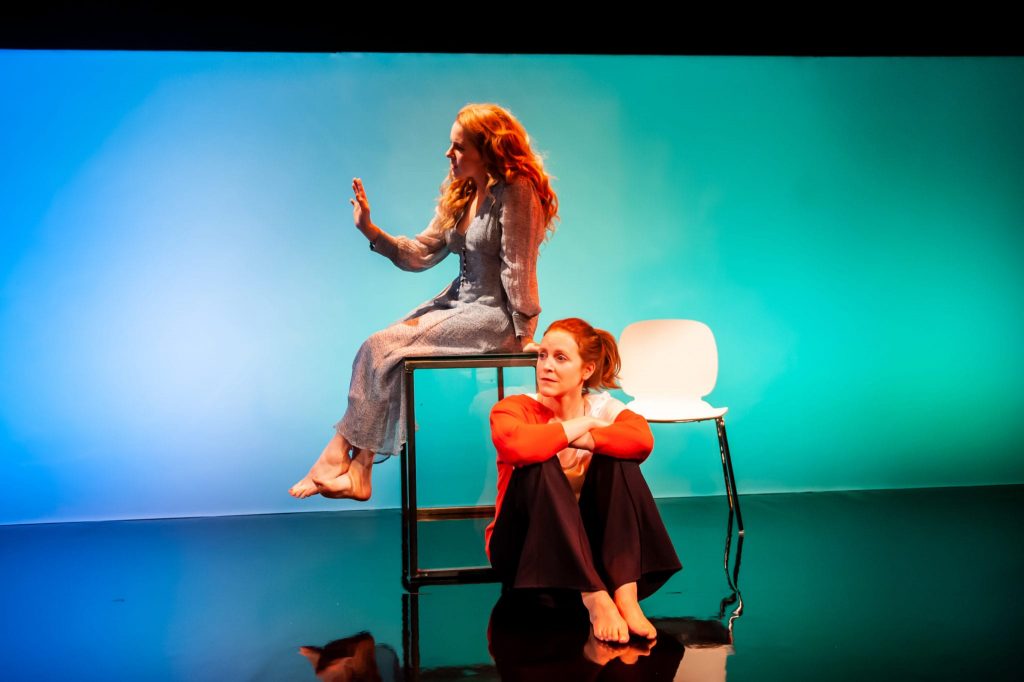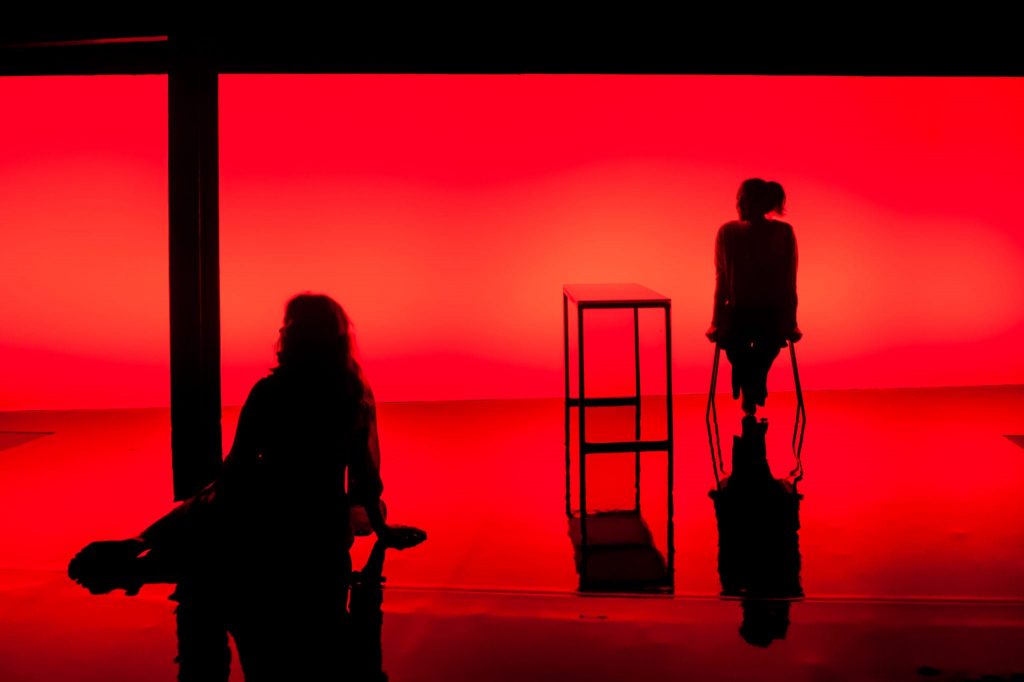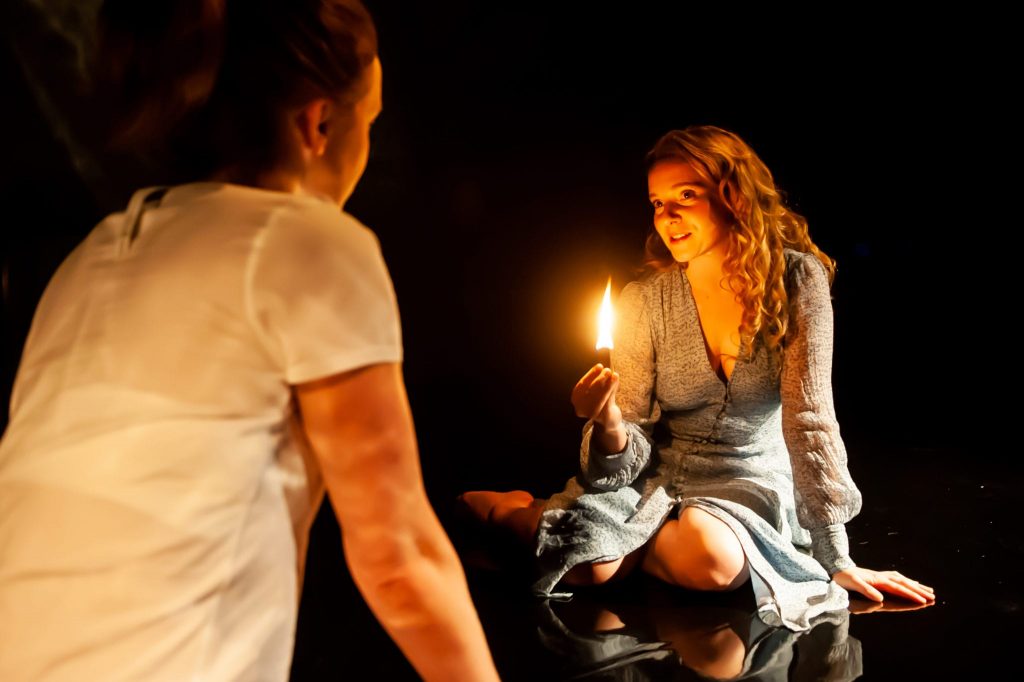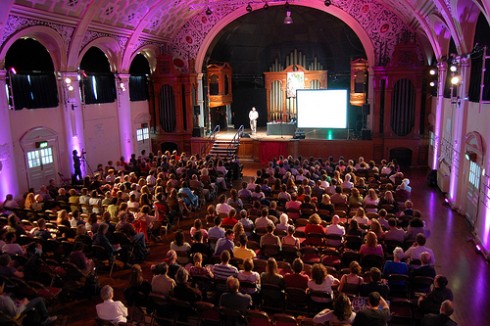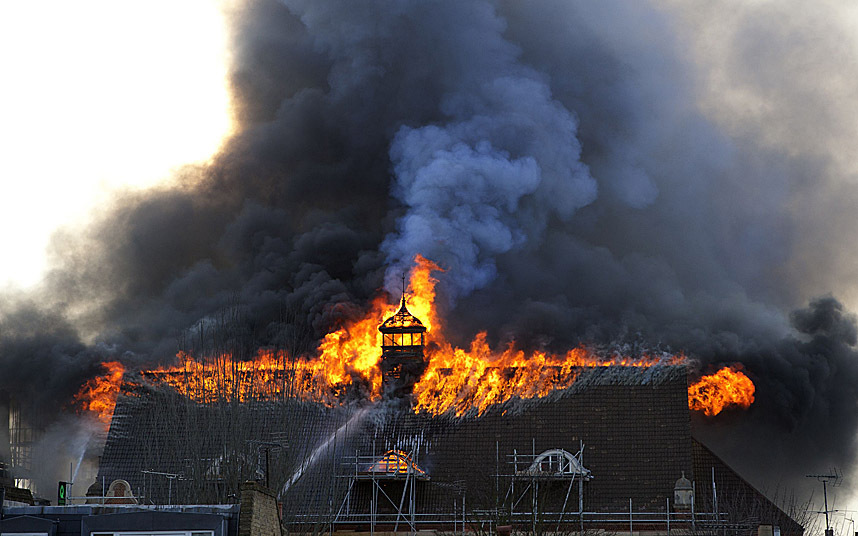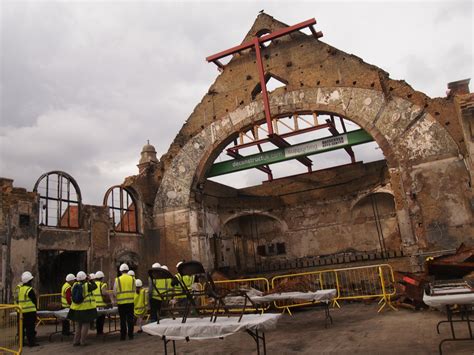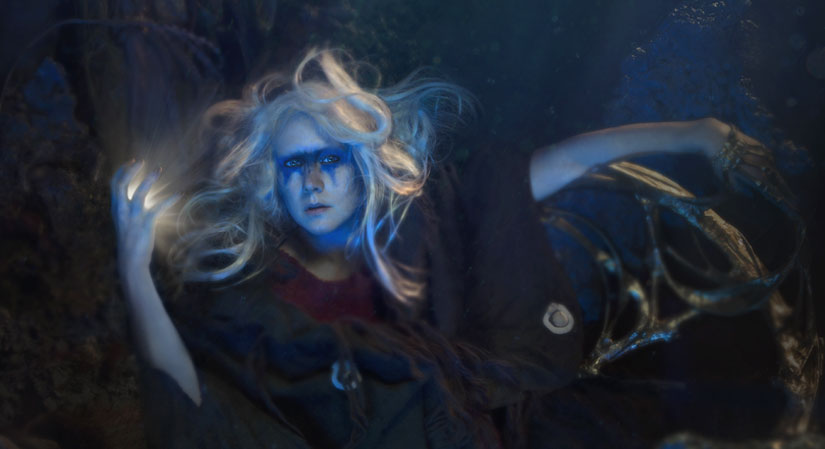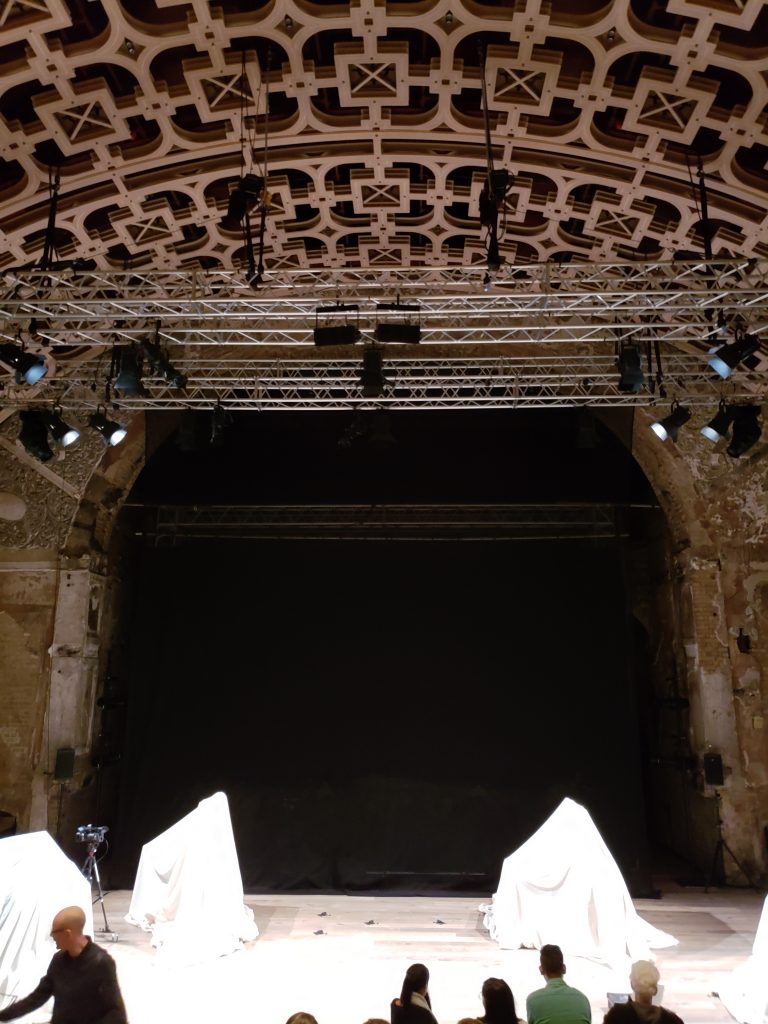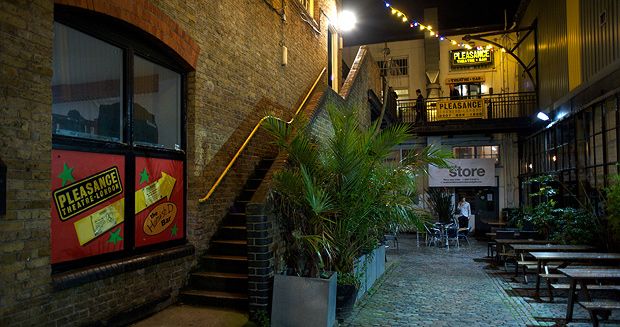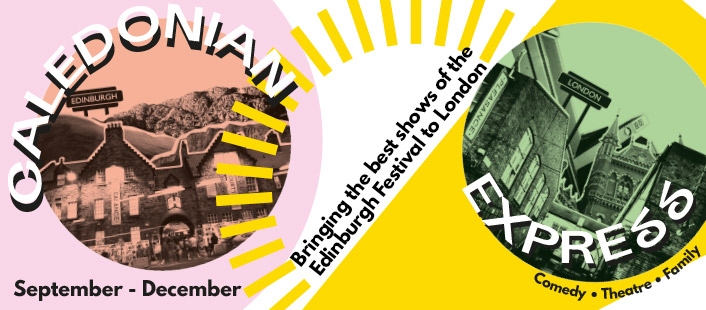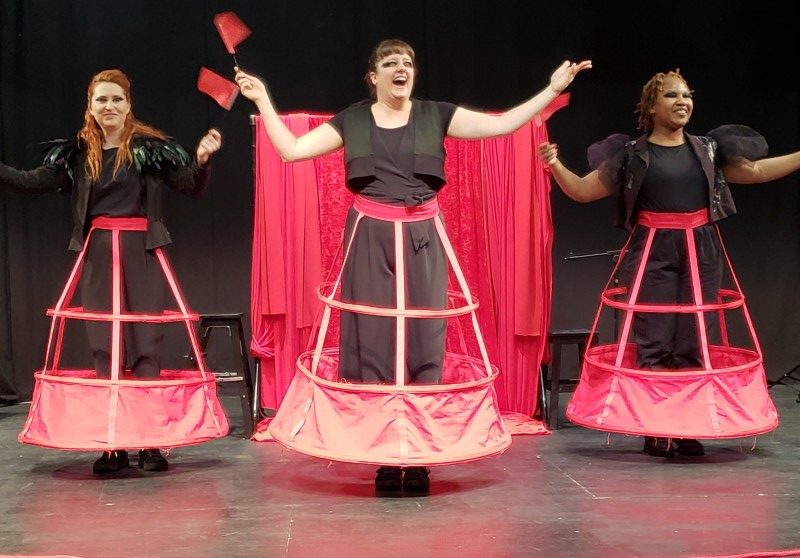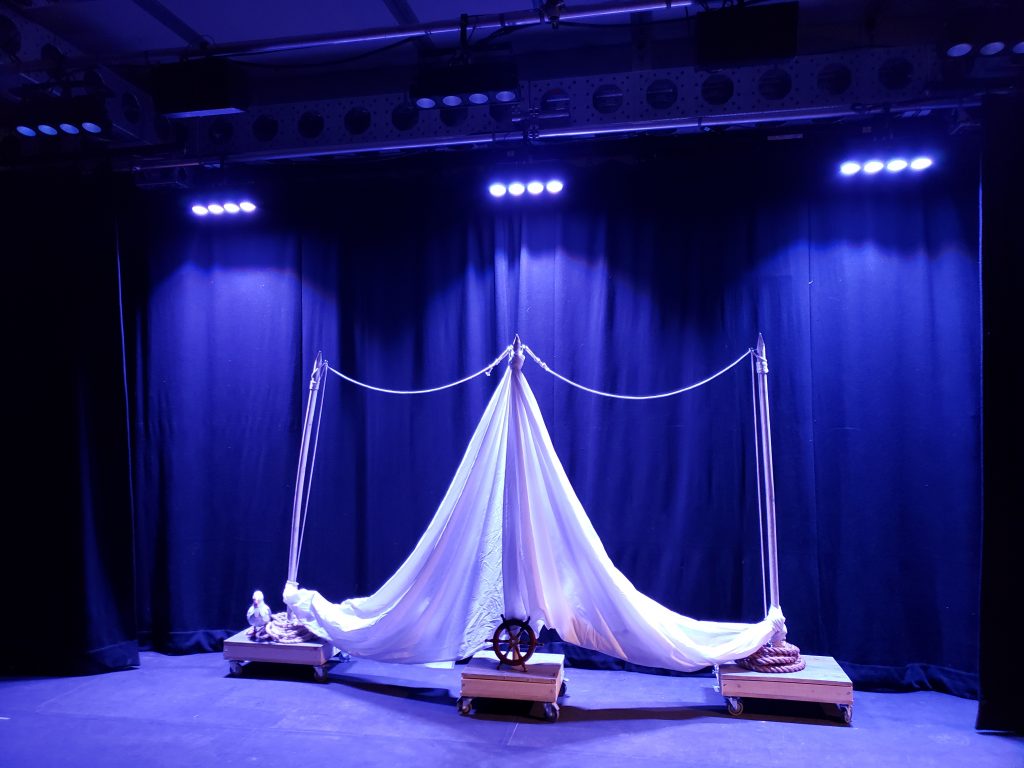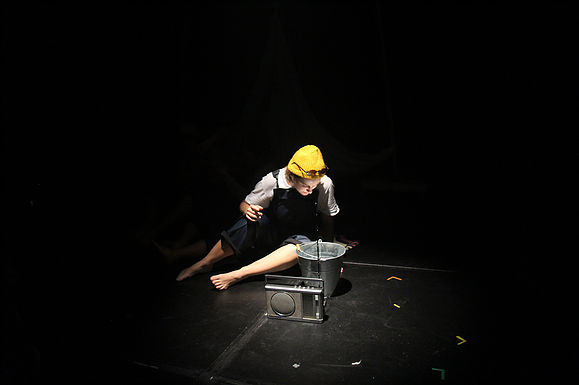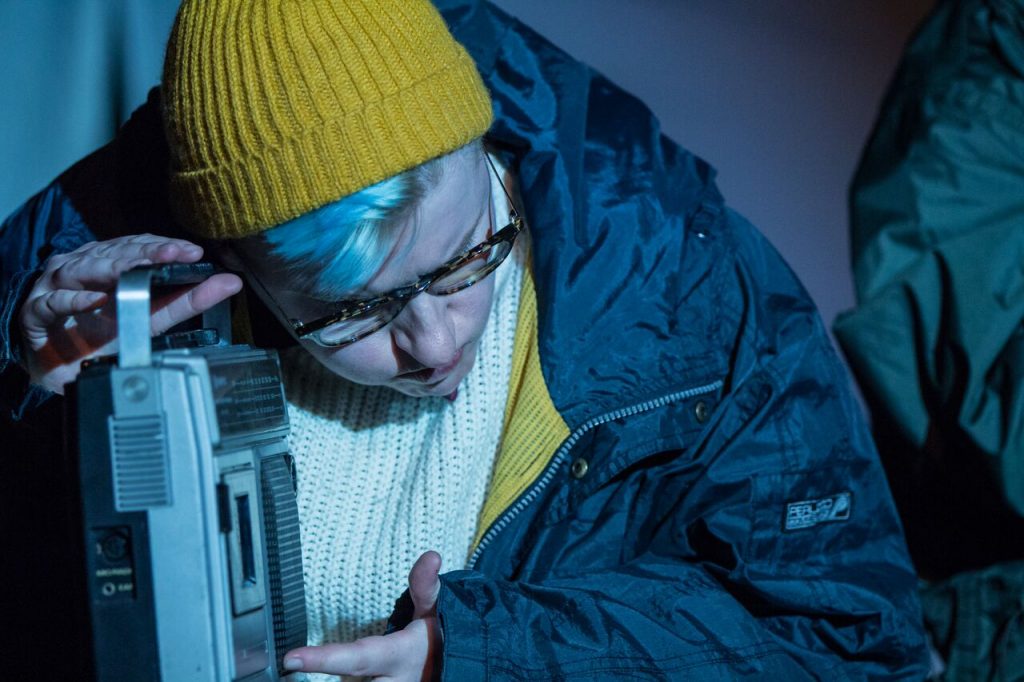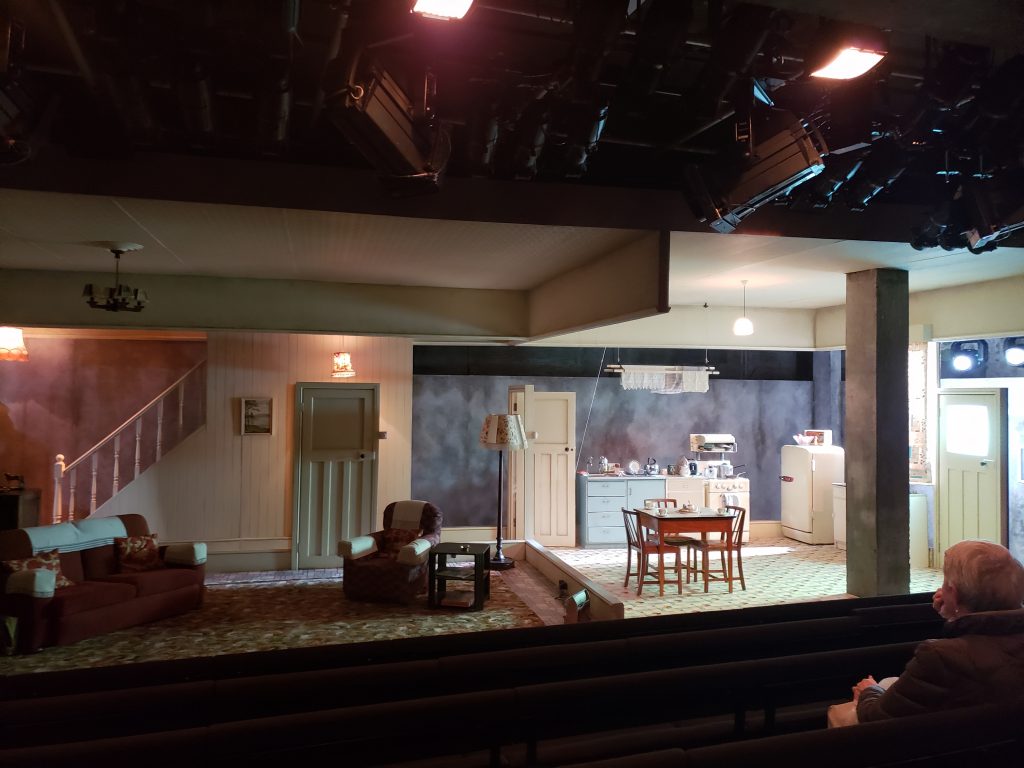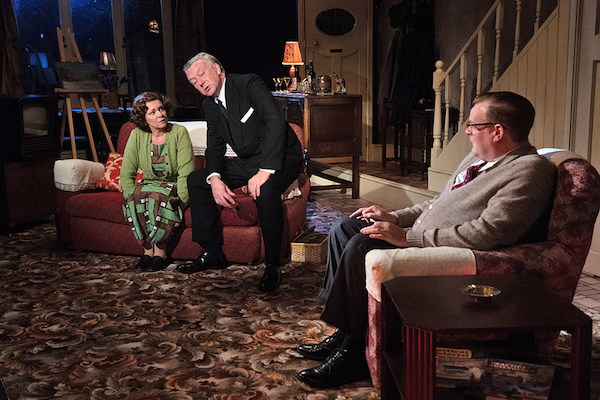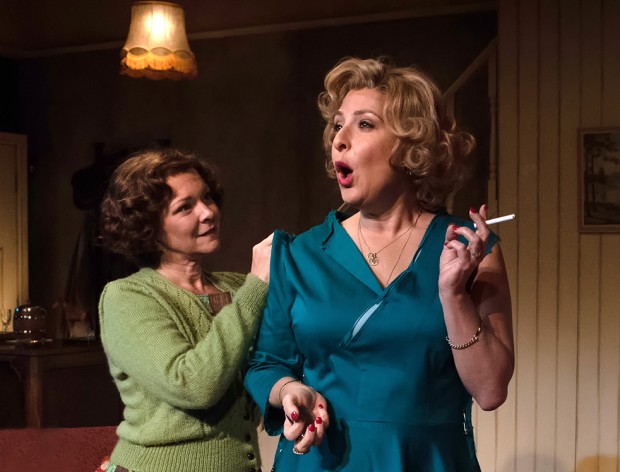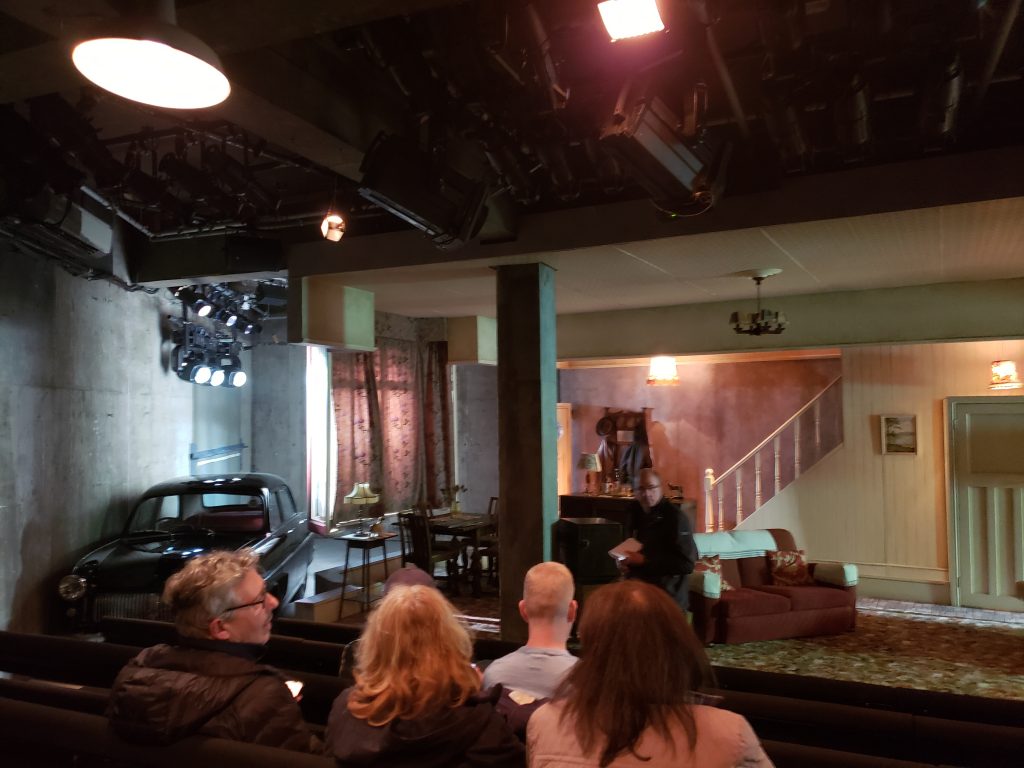Rarely does theatre make Pawn angry, but this piece did. Heroin(e) For Breakfast is winner of the Holden Street Theatre Award, Fringe Review Outstanding Theatre Award, and sold out at Edinburgh Festival Fringe. Philip Stokes wrote this in 2009, and this production is a re-staging with updates, tho few were needed, one imagines. Stokes also directed this production.
A festival piece, the stage is simple — a desolate apartment shared by Tommy, Lee Bainbridge, and Chloe, Kristy Anne Green. At curtain we find Tommy slouching on the couch, watching telly and scratching his balls. In saunters Edie, his young (too young) girlfriend, half naked. She walks between him & the telly, raising his ire, before seducing him into a quick shag, which, from the looks of it, neither of them particularly enjoy. Tommy, when he’s not shagging Edie, is spouting off about how great of a revolutionary he is, how misunderstood, how he’s going to change the world, etc.
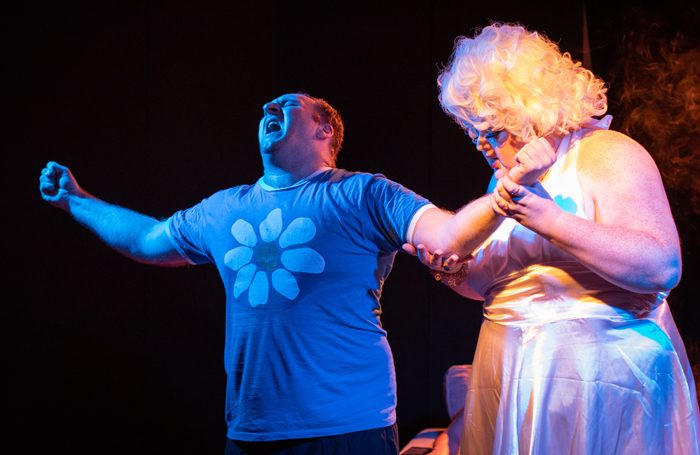
Part I of why I got angry was the audience. Many smaller venues in London are experimenting with, or have flat-out instituted, so-called Relaxed Performances. In some cases these are specific show times/dates, in other cases it’s all performances. In a relaxed performance, audience are allowed to do all of those things which they’re not allowed to normally. The original intent was to allow autism-spectrum viewers access to traditional theatre in a setting which would not disrupt. Now it basically means Hey, we’re loose.
The Bunker, Battersea Arts Centre, and others have these. All shows at The Bunker are relaxed, and many at BAC. This show was at Pleasance, and wasn’t advertised as Relaxed, but almost as soon as the show started, so did a stream of whistles, cat calls, and other outbursts from some audience members. If that wasn’t disruptive enough, the resultant procession of ushers trying to sush, warn, cajole, these unruly audience, who must have though they were in an Edwardian-era music hall. Finally, after opening a bag of crisps, and proceeding to crunch them, the offenders were banished, entirely or just to the back row is unknown to me.
The show, meanwhile, is descending into further decrepitude. Chloe, Tommy’s roommate and ex, has shown up, and is picking fights with Edie when not complaining about Tommy. Tommy goes off to the store for breakfast goods and heroin. Oh yeah, that. We’ve been warned that this is a show about wasting youth and drugs.
In this case, Heroin(e) is also a person, or appears that way; a large brash blonde struts into the flat and in crass fashion by turns insults and seduces the occupants, until finally, with a vampire’s kiss to their inner elbow, enters them.
Along the way, racial slurs and other epithets are hurled — Paki, the “N” word, slag, whore, towel-head, etc. — without the slightest flinch. These people are horrid and completely uninspiring of compassion. Part II of my anger.
The play ends with a pile of overdosed corpses, and that’s well enough done for me. The programme tells us that King Brilliant Theatre, a producer of this show, “…was founded in anger in the summer of 2018 as a positive platform for working-class actors with the theatre industry. King Brilliant works in engaging with communities and young people in a language they understand and through work they respond and connect to…” Right o.
Pawn continues to enjoy the ready stream of Edinburgh shows coming down to London stages shortly after the festival closes, and will keep coming to the showcase presentations put on by venues like Pleasance, Bunker (soon to close and hopefully pop up elsewhere), The Yard and others. Sometimes, like tonight, what you get can be unpleasant.

